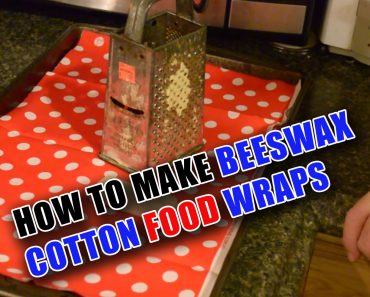I take a lot of leftovers to work. Normally I use plastic containers or plastic bags to carry them. However, the convenience this gives me comes with the cost of buying the containers. Additionally, I have concerns over BPA and other chemicals in the plastic. While neither of these concerns alone are great enough […]
Tag: DIY
How to Make Homemade Desiccant Out of Sheetrock
Moisture is one of the largest threats to long term storage, and over the years a variety of commercial products have been created to absorb moisture in gun safes and other storage areas. I came across a unique DIY Sheetrock desiccant discovered during WWII as the Department of Energy at Oak Ridge experimented with […]
52 Prepper Projects: Book Review
52 Prepper Projects is a book about self-reliance and the journey toward a more self-sufficient life. The author, David Nash, has been a “prepper” his entire life, and has always tried to learn how to do things instead of searching out where to buy things. This book is designed to start with simple projects […]
How to Make DIY Mosquito Repellent Holders
My boy loves being outside, but kids are especially sensitive to mosquito bites, due to the bees we cannot use traditional pesticides, but I did see this idea on an Alaska bush craft site and decided to try it out while camping. It worked very well for us last summer, and I finally got around […]
DIY Homemade Mouthwash Recipe
Hygiene is very important in a disaster situation, in a long term catastrophe or in a world without good insurance (Thanks Obamacare) taking care of your teeth will be much harder and much more important. Products like mouthwash are also pretty expensive so being able to roll your own makes economic sense also. I […]





